Influence of Incubation Time for Viability Assessment of Ascaris suum Eggs—Attempts to Optimise the Parasitological Examination
Pathogens
Oglądaj/
Data
2025Autor
Badziak, Radosław
Zdybel, Jolanta
Osiński, Zbigniew
Bilska-Zając, Ewa
Karamon, Jacek
Sroka, Jacek
Skubida, Marta
Wójcik-Fatla, Angelina
Cencek, Tomasz
Metadane
Pokaż pełny rekordStreszczenie
The aim of this study was to determine the optimal incubation time for accurate assessment
of Ascaris suum eggs viability, an important step in improving parasitological diagnostics.
The experiment used A. suum eggs collected from three sources: adult roundworms uteri
(U), pig faeces (F) and sewage sludge (S), then incubated at 27 ◦C and monitored weekly.
The number of Petri dishes used for eggs observations for each source was 12 (100 eggs
were observed on each Petri dish). Eggs were classified as dead (with clear deforma-
tions), viable (with motile larvae) or of uncertain viability (retaining structural integrity
but undeveloped). The results showed that eggs from group U had the highest viability
(96%) and developed larvae within 3 weeks. In contrast, group F (52% viability) and S
(3% viability) showed delayed development, requiring up to 8–12 weeks for a conclusive
viability assessment. The differences in the percentage of QE, LE, and DEwere generally
statistically significant, except in the case of eggs from sewage sludge in the fourth week
of incubation. These results indicate significant differences in egg viability depending on
the sample source and emphasise the need for longer incubation times, particularly for
environmental samples such as sewage sludge. The study also highlights the limitations of
single time point assessments based solely on egg structure, which can lead to misclassifi-
cation. In conclusion, prolonged incubation improves diagnostic accuracy by allowing a
clearer distinction between viable and non-viable eggs, especially in samples with initially
uncertain viability.
Zbiory
- Publikacje [698]
